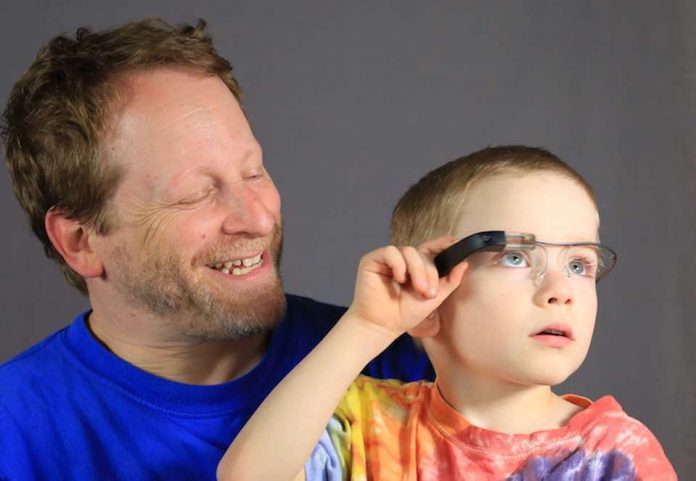“We identified that autistic people had a specific difficulty recognising anger,” Connor Keating, the lead author of the study and a PhD researcher in the University of Birmingham’s school of psychology, told The Telegraph.
The findings “raise the possibility” that autistic individuals need a stronger cue in order to detect anger, such as more obvious or quicker changes in a person’s features.
But the researchers, writing in the Journal of Autism and Developmental Disorders, also proposed a different explanation.
“Another (non-mutually exclusive) explanation for why the autistic individuals may have particular difficulty recognising angry expressions relates to [their own] movement production,” they said.
Mr Keating said: “If this is true, it may not be accurate to talk about autistic people as having an ‘impairment’ or ‘deficit’ in recognising emotion – it’s more that autistic and non-autistic faces may be speaking a different language when it comes to conveying emotion.”
The researchers compared the results of people with autism to individuals who suffer from a condition called alexithymia, which affects one in 10 Britons to some degree and causes people to struggle with identifying and experiencing emotions.
Mr Keating said making this comparison allowed them to prove whether the difference in emotional recognition was due to autism or other factors.
“We found that it was definitely autistic traits that contribute, but not alexithymic traits,” he said. “That suggests recognising anger is a difficulty that’s specific to autism.”
This is the first study to undertake this type of statistical analysis and prove the long-speculated link between autistic people and accurate perception of angry faces.
“The present study… suggests that difficulties with recognising angry expressions at the ‘normal’ spatial and speed level are related to autism, not alexithymia,” the scientists wrote.
Mr Keating added: “Everyone will know or meet somebody with autism at some point in their lives. By better understanding how people with autism perceive and understand the world we can start to develop training and other interventions for both autistic and non-autistic people to overcome some of the barriers to interacting successfully.”
Dr James Cusack, chief executive of Autistica, the UK’s national autism research charity, told The Telegraph: “Autistic people interact with other people and the world differently, and understanding why this is the case can help us to understand how the world can adapt to allow autistic people to thrive.
“This carefully-designed study tries to understand whether autistic people understand emotions that people show on their faces differently. They found that autistic people had specific difficulties recognising anger compared to other emotions.
“At the moment it is not clear whether this result happened by chance, as the researchers didn’t expect it to happen, and if it’s not a chance finding, what is driving it.”







